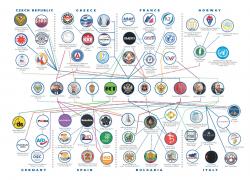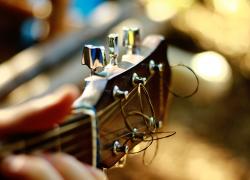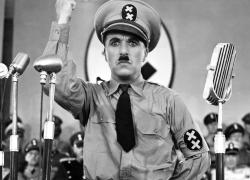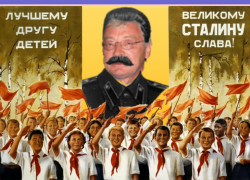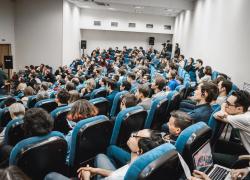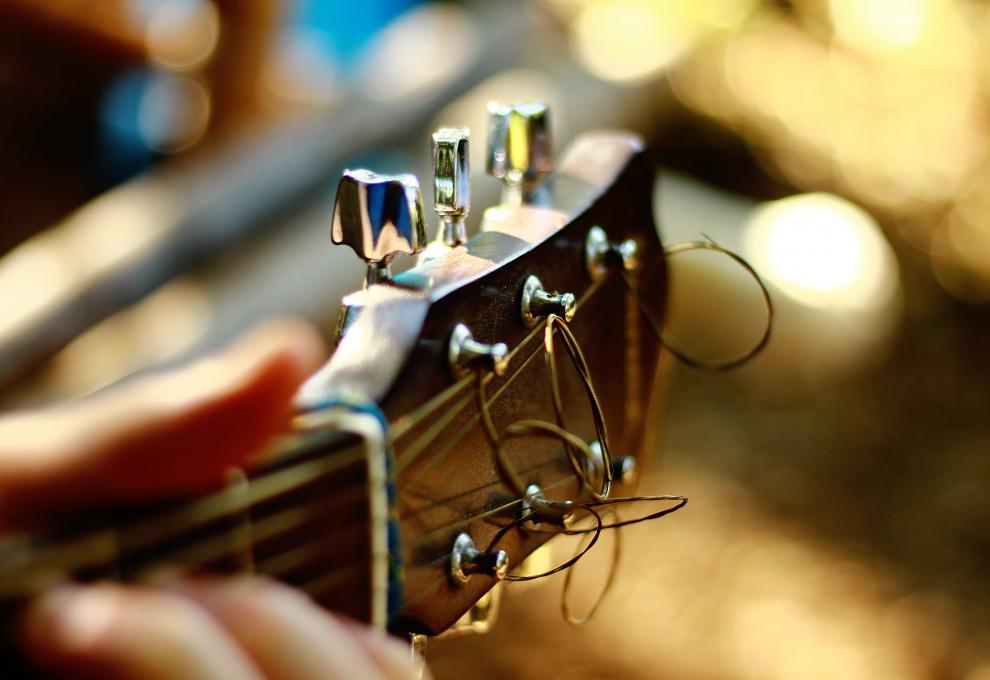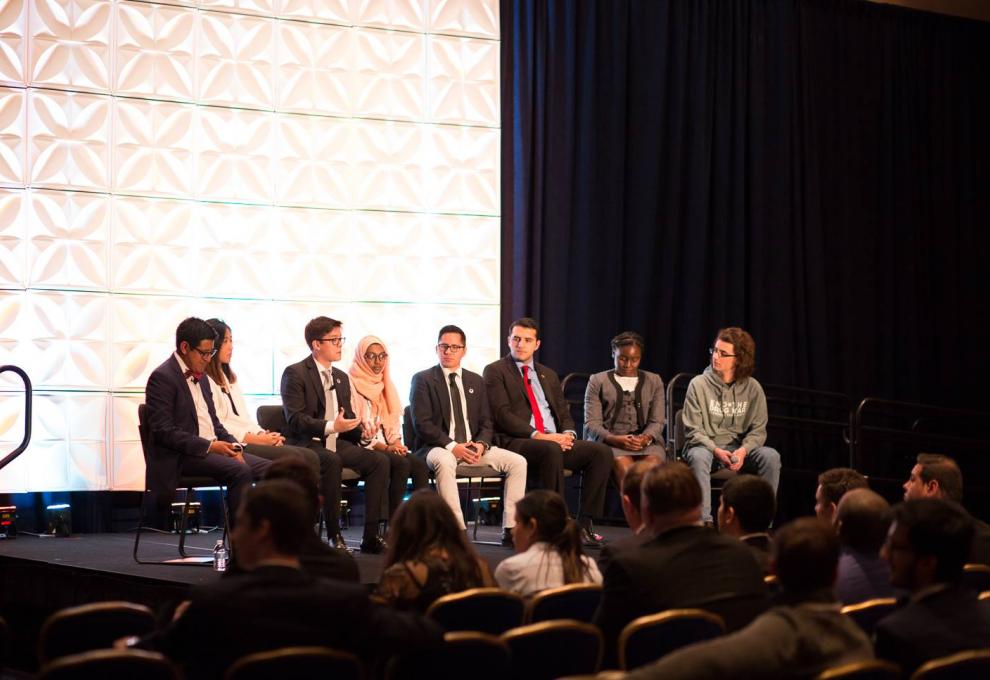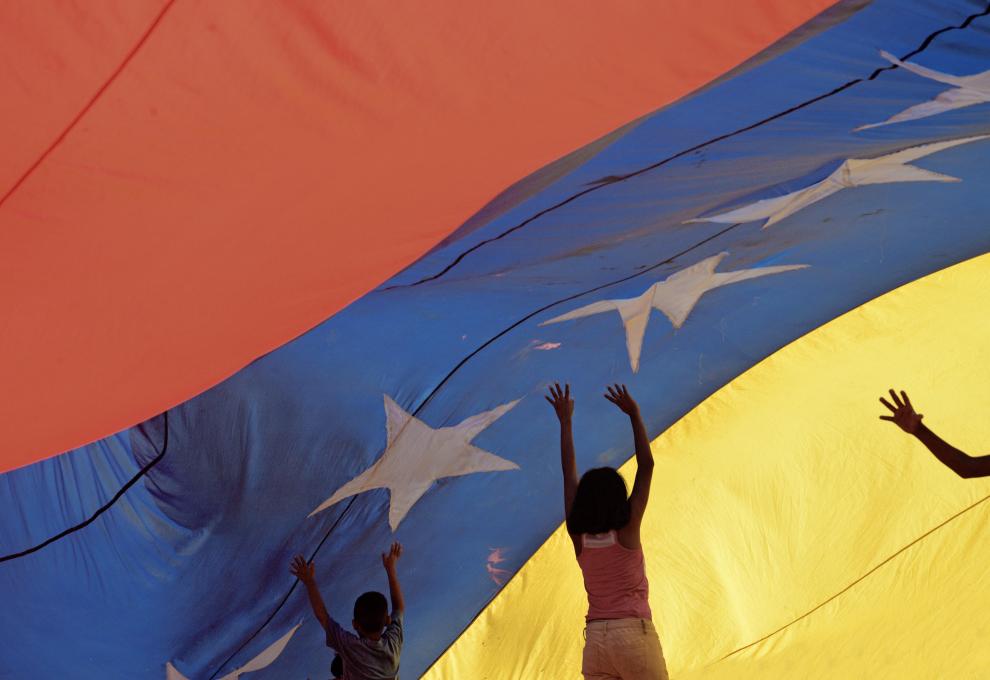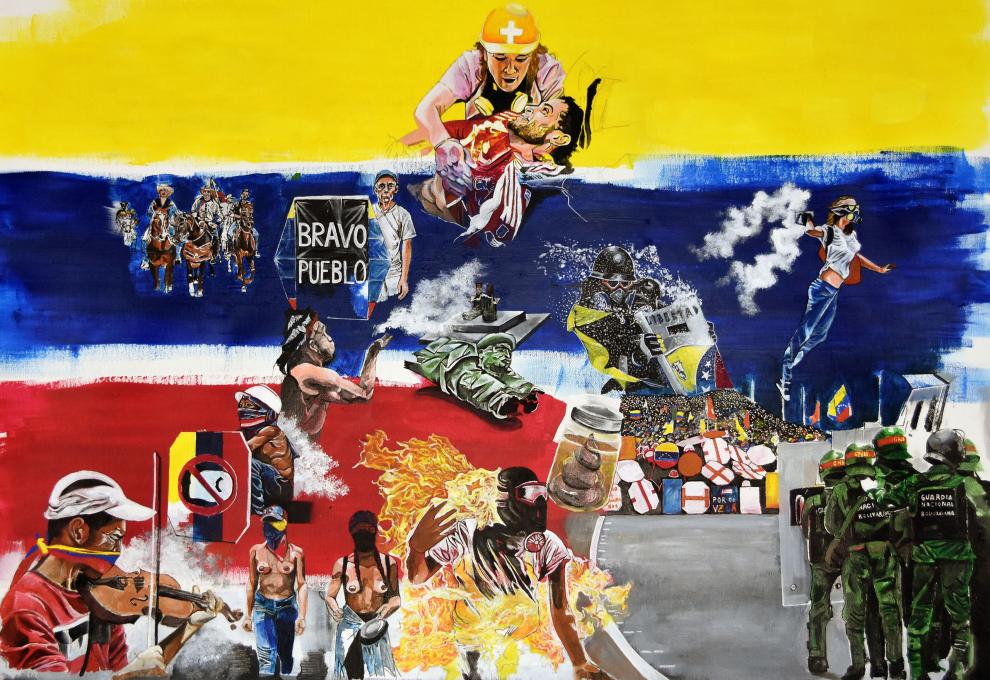A Venezuelan in Ukraine (Part 3)
I wake up for my second day at Kyiv feeling awesome under so much fostering in such short time. We decide to eat prior to the scheduled meetings during the afternoon. There I had my first alarm experience due to bombing at a country in war. Traffic and people on the streets looked quite normal during day light (at night, half the city is in total darkness), and when the sirens blow, I feel that at the restaurant where we were eating, people kept behaving as if nothing were happening. At the street, one could have thought that there was panic, that people were shouting, and that individuals were hurrying to seek shelter; yet it was not so: the people leave slowly, very quiet and even in some sense defying, under the situation’s greatest remembrance. Shortly after that day, I found out that it had been the greatest attack of Russian missiles in Ukraine since the beginning of the war. On such occasion, no missile reached its target at Kyiv.
Yesterday, I ate with my German friend and adventure accomplice. He knows how to live and took care of the contact with the Ukrainians, by reason of having supported the struggle in many senses; he is trusted by all and acts as a bridge. This German friend is the founder of “Freedom Today” add has supported the cause up to the point that he was awarded a merit medal from Ukraine. There is also Joseph Wall, my American friend who is this idea of support to Ukraine’s cause co-initiator.
While I was savoring a Bortsch and discussing, one notices that we are all different but have lots of common things.
After the lunch, member of parliament Maryan Zablotsky was Introduced to me and I got to meet him personally. Among the topics that we discussed were culture, art communication for the struggle for freedom on the battleground and in conquest of hearts and minds. We artists are in favor of a measure to get and promote the right side of history in our works as if we were soldiers, inasmuch as the military create scenarios and reality with their weapons, and we artists do it with our brushes, painting and creativity.
The member of parliament talks to me about strategies and tactics they have used at the battlefield, with specific emphasis in the use of new technologies such as drones, as well as about what the Ukrainians have been living in this war. At his office, he has a Kalashnikov rifle and several war trophies, among which a piece of a Su-34 Russian jet he shows me, proudly and in detail explaining me how the jet was shot down.
Maryan proposes the idea of showing me Irpin next day in order that, with my own eyes I may see the effects of Russia’s invasion. The discussion leads to reminding that Banksy did a street work of art at Irpin, and Maryan added that, next to it, in Irpin I would be able to paint a work next to Banksy’s. Half an hour later and after a few calls, he confirms that I could do the painting. At such moment, I must admit that the meaning there is for a pro-human rights to be able to paint at Irpin besides Banksy, the great master, during the war; it was something surrealist.
After all, “tomorrow” is today and with my American friend we are early waiting for Zablotsky at the hotel, in order to go to the place. Zablotsky comes for us and we leave with him and an escort towards Irpin, which is about 30 minutes from Kyiv. On the road, while we had not already left the capital’s suburbs, he shows me a place under a bridge and tells me: “this is how far the Russians came”. This arouses my attention, because we are just a few kilometers from downtown Kyiv. They really came close!
We went through several checkpoints and I was told that, for obvious security reasons, one may not record. We arrived at Irpin at noon. We went next to the famous destroyed bridge that we saw in all news at the invasion’s beginning, where the people fleeing from combats took refuge under its columns. The bridge is being rebuilt and that makes me think about the so high level of resilience having been experienced here in Ukraine.
As one gets closer to Irpin and Bucha, one sees more war evident havocs. The first thing one watches is a half-destroyed shopping center, a totally burnt gas station and residential buildings in ruins of which the only thing left is a burnt skeleton with numerous impact of apparent explosions. We arrive and the temperature is minus ten degrees Celsius. We stop, to drink coffee at a small shop, having electric power tanks due to a generator located at a building’s lower floor, one of those that I formerly described, full of scars due to the fights at the location. There we met Olexandr Markushyn, Irpin’s mayor and a national hero; he proudly leads us to Banksy’s work.
I reach the place ann I see Banksy’s ballerina: it was painted at a hole left by the impact of a tank’s projectile at a totally ruined neighborhood. Watching it so closely, at its site, is a hard to describe feeling, but I obviously realize that one is looking at a world heritage, and now, I have the honor and opportunity of painting something at its side.
I am a Venezuelan and feel as such above everything, but my life has been that of a migrant, of movements and it has been almost 8 years since I have been living in Italy, specifically at the Basilicata region. It was at such region that I grew more as an artist, communicator and pro human rights militant. My first idea, coming to Ukraine was to paint something on a burnt Russian tank, having them facing me at the memorial there is in Kyiv, but the truth is that on such occasion it was not the best mounting to create a work and express a clear and noble message with art; I don’t know how it is appropriate to paint on tombs, since such are the burnt vehicles. Now that I am besides a such an artist’s significant master work is, at a place being so iconic is as a canvas for my creation, it becomes clear to me that I am going to paint it.
I brought a stencil of Carmine Crocco, who is the King of the Lucania’s brigands. This personage is a symbol of resistance in Italy, especially at the South (Basilicata, Calabria and Campania) against the Piemonte’s invasion that led to Italy’s unification. While I am painting it, and believe me, I am not exaggerating, my hand begins to ache when exposed to the Ukrainian cold for a few minutes. I explain them Croccos’ history and the work’s significance, and one of the Ukrainians, after searching in Google exclaims and asks “is he some kind of Italian Che Guevara”, and I answer him no, that he was autochthonous in his land’s defense, and there I sang the first strophe of “Brigante se more” (a historic rebellion folklore song) I did it loudly and among laughs and serious cold, I believe in and create and shared one of the Works of Art to Struggle more significantly than I had during my entire life.
I remember that as I just finished the work the feeling’s influx and saturation during the days I have been in Ukraine was so strong that it could not signify what the work itself meant. The fact that u’brigant Crocco is now joining Banksy’s ballerina at Irpin, something of pride, and pluri-cultural construction in a world in which the struggle for freedom and independence is always the same throughot times, spaces and cultures. Before leaving, I weigh the strength and symbol that are produced by a master like Banksy (presumably an English man) joined by Italian-Venezuelan art, referring to the meaning of an actor showing resistance at a small city such as Irpin in Ukraine during the war.
We here have representations and contributions of world culture to a national cause, one that after all is of the world. To me, as an artist this one of the works most deeply felt and important that I have ever made during my carrier and, as yet, I don’t fully realize the honor and value for the cause of freedom, but I feel that it means a lot.
By Rodrigo Figueredo





